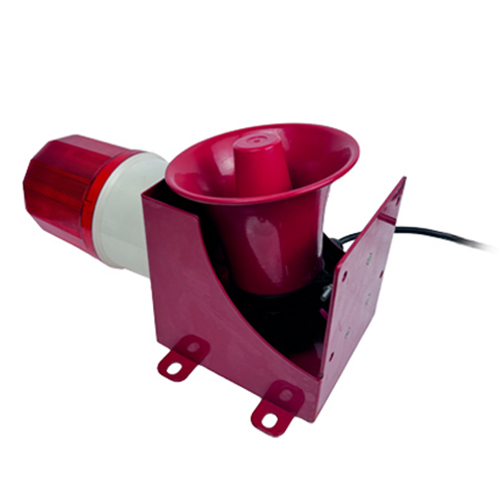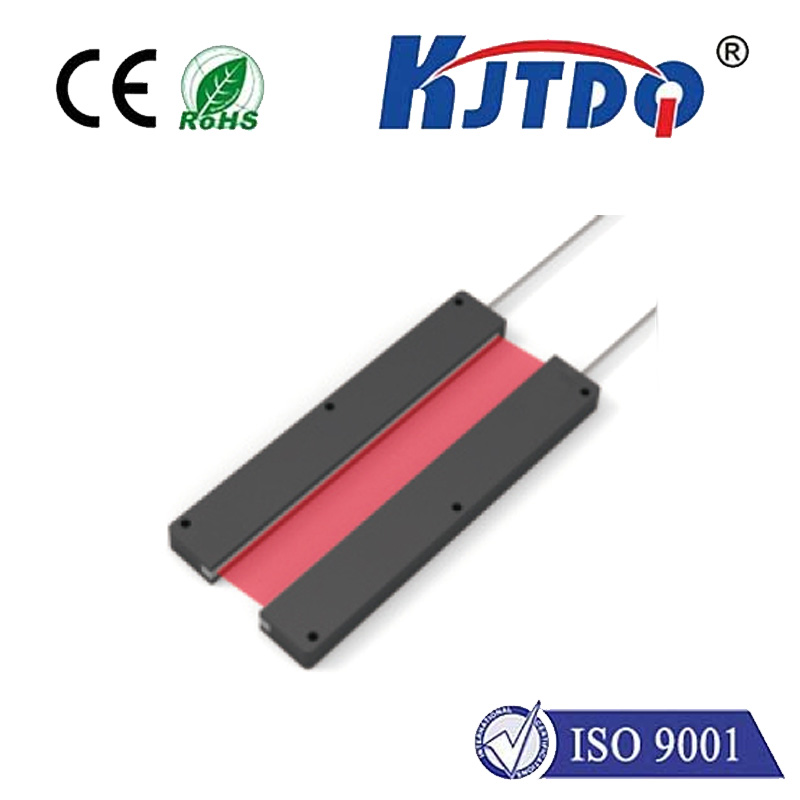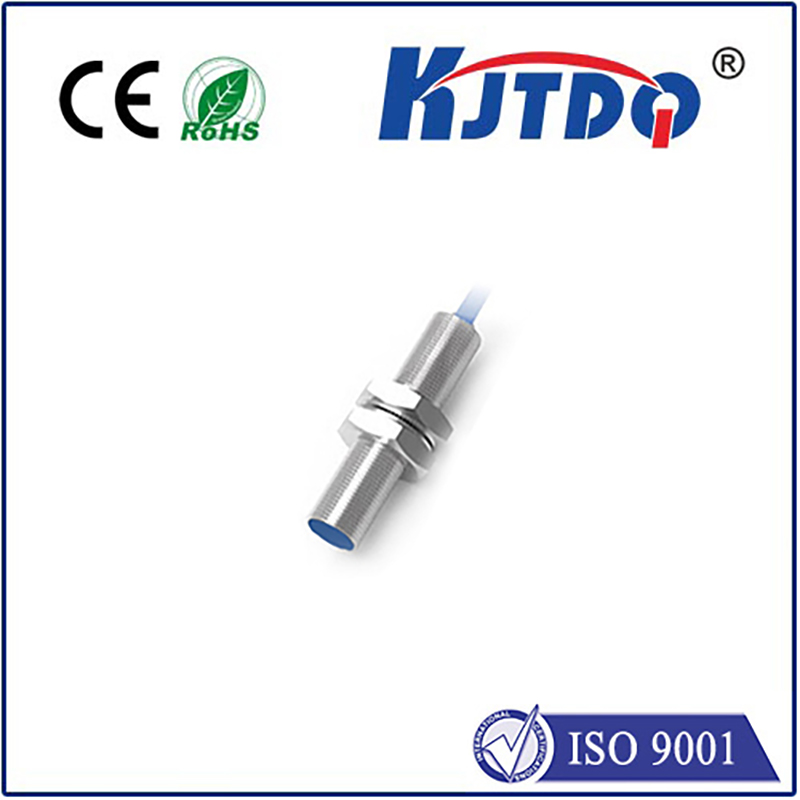Ever need to reliably detect the presence or absence of a small object in a confined space? Maybe verify a label position on a fast-moving conveyor or confirm a component is seated correctly? When space is tight, power options are limited, and detection ranges are modest, a specific breed of sensor steps up: the 18mm AC voltage photoelectric sensor with a 10cm sensing range (SN type). This unassuming yet crucial component is an automation workhorse, delivering dependable object detection where it matters most.
Photoelectric sensors operate on a simple, robust principle: they use light to detect objects. An emitter sends out a beam of light (usually infrared, visible red, or laser), and a receiver detects this light. An object interrupts or reflects this beam, triggering the sensor’s output signal. Their versatility stems from various operating modes tailored to different needs. Through-beam sensors have separate emitter and receiver units, offering the longest ranges and highest reliability but requiring alignment on opposite sides. Retro-reflective models bounce the beam off a reflector back to a combined emitter/receiver unit, simplifying installation. Crucially, for our focus today, diffuse (or proximity) reflection sensors (often denoted as SN type) house both emitter and receiver in the same compact housing. The sensor detects light reflecting directly off the target object itself. This self-contained nature is a key advantage, particularly for space-constrained applications.
The “18mm” specification in this sensor’s description is far from arbitrary. It refers directly to the barrel diameter of the sensor housing. This compact size is a defining characteristic and a major selling point. In modern machinery and automated systems, real estate is precious. Sensors must often be fitted into tight enclosures, mounted close to moving parts, or installed where larger sensors simply wouldn’t physically fit. An 18mm diameter sensor provides significant space savings over more common 30mm barrel sensors or larger rectangular housings, enabling installation possibilities that would otherwise be impossible. This miniaturization makes it ideal for integration into smaller equipment, robotic arms, intricate assembly stations, and dense control panels.

While DC-powered sensors dominate modern electronics, the “AC voltage” power requirement signifies a crucial aspect of this sensor’s design and application niche. AC-powered photoelectric sensors typically operate directly from standard mains voltages, often ranging from 90-250V AC at 50/60Hz. This eliminates the need for an external DC power supply, simplifying system design, reducing component count (and cost), and enhancing reliability in settings where DC supplies might not be readily available. They are particularly valuable in environments like older industrial facilities, basic machinery upgrades, packaging lines, or simpler conveyor systems where leveraging existing AC power infrastructure is a significant operational advantage. However, it’s vital to ensure compatibility with local mains voltage and adhere strictly to relevant electrical safety standards (like IEC/UL) during installation.
The “SN 10cm” designation reveals the heart of its functionality. “SN” universally identifies the operating principle: Diffuse Reflection (Proximity Mode). As discussed, the sensor relies on light bouncing back from the target object. “10cm” specifies its standard sensing range under defined conditions (usually against a standard white test target). This 10cm (approximately 4 inches) range positions it squarely in the domain of short-to-medium distance detection. While not intended for long-range applications, this distance is perfectly suited for countless automation tasks requiring close-proximity verification:
Crucially, the actual effective sensing range for diffuse sensors is highly dependent on the target object’s size, color, surface texture, and reflectivity. A large, matte white object might be detectable close to or even beyond 10cm, while a small, shiny black object might only be reliably detected at a much shorter distance. Understanding this relationship is essential for successful application.
Combining these specifications – compact 18mm size, direct AC power convenience, and a practical 10cm SN detection capability – makes the “photoelectric sensor 18mm ac voltage sn 10cm” an indispensable solution for a wide array of industrial scenarios. Consider its potential on a busy packaging line, reliably detecting cartons on a narrow conveyor belt section where space limits sensor choice. Picture it mounted on a small robotic gripper assembly, confirming component pickup before placement. Imagine it monitoring the fill level of small reagent containers in a laboratory automation setup. The blend of size, power practicality, and reliable short-range detection offers unique value.
To maximize performance:
This category of sensor consistently delivers robustness and reliability. Designed for industrial environments, these units typically feature durable housings (often metal or high-grade plastic), resist vibration, and offer good resistance to ambient light interference and moderate levels of dust or moisture. Their simplicity and lack of moving parts contribute to long service life and minimal maintenance requirements.
When your automation challenge demands dependable object detection within 10cm, in a confined space, powered directly from readily available AC mains, the 18mm AC photoelectric sensor (SN type) emerges as a remarkably practical and cost-effective solution. Its compact footprint overcomes spatial constraints, the AC power requirement simplifies electrical integration, and the diffuse reflection principle offers straightforward installation. By carefully considering your specific target properties and environmental conditions, this sensor becomes a reliable sentinel, ensuring smooth operation and precise control in countless short-range detection tasks across diverse industries. Choosing the right specific model within this category requires matching the detailed specifications – light type (IR, Red, Laser), output configuration (NPN/PNP, NO/NC relay), connector type, and IP rating – to your precise application needs.









